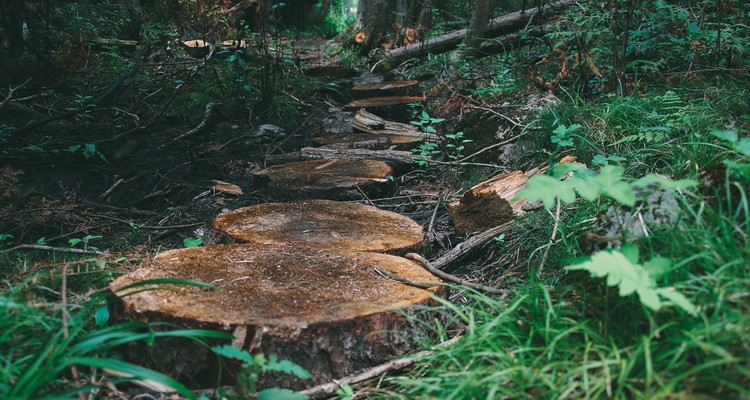The world faces serious environmental problems and there’s so much you can do to help. Here are three environment challenges and what you can do to help make the earth a little greener in 2016.
Ozone Layer Depletion
The ozone layer plays a key role in blocking the sun’s ultraviolet radiation. As this layer thins, increased exposure to ultraviolet rays can interrupt the life cycles of single-celled organisms, called phytoplankton, that form the food chain’s bottom layer. If those tiny organisms cannot reproduce, the entire food chain gets disrupted. A thinning ozone layer could also mean higher skin cancer rates among humans too.
Prevent ozone layer depletion by replacing old refrigerators and air conditioners that use Freon as a coolant. Freon is a chlorofluorocarbon that damages the ozone layer. Newer models use Puron, which is safer for the environment.
Climate Change
Climate change will have dramatic implications for human populations. Shifting weather patterns could mean that farmland becomes arid and coastlines get pummeled by stronger storms. Climate change has also been linked to a variety of health issues, including cancer, asthma, and cardiovascular disease.
This is likely the world’s most pressing environmental concern. Unfortunately, it has been difficult for nations to combat the fossil fuel use that contributes to climate change.
Individuals, however, can take action to cut their effect on climate change. Reducing the amount of gasoline that you use, for instance, can lower the amount of carbon expelled into the air. Limiting electricity use can have similar effects.
Some of the best ways to lower your carbon footprint include:
- Riding bikes or using public transit instead of driving
- Replacing old appliances with more energy-efficient models
- Support clean and renewable energy technologies
Water Pollution
While you may have some dirty streams, rivers, and lakes near you, they do not come close to revealing the true devastation of water pollution. To see how bad the world’s water pollution problem has gotten, you must look to the Pacific Ocean. Between Hawaii and California, you will find a floating landfill that’s nearly twice as large as Texas.
Most of this area is full of plastic that has gotten caught in ocean tides. Plastic is problematic because it does not biodegrade. Instead it photodegrades, a process that takes a lot longer for the material to break down into molecules.
As the plastic breaks down, it creates tiny pieces of plastic that small fish consume. Like ozone layer depletion, one of the essential problems with water pollution is that it affects the food chain. Eventually, the plastic could make their way to the fish sold at your grocery store.
Giving up bottled beverages is one of the best things you can do to combat water pollution. Choosing products that do not contain excessive plastic packaging also helps.
In many cases, it only takes small changes to limit the effect of environmental problems. Use these suggestions to start thinking of other ways that you can help protect the environment.





cbd tinctures purvey a tactful and enjoyable method in search experiencing the blend’s effects. Close by in a big cover of flavors, strengths, and blends, they allow for precise dosing and deliver effects that incline to last longer. Uncountable users turn to these gummies for their calming and stress-reducing benefits. That said, it’s essential to make use of them responsibly, as the onset of effects is typically slower than with methods like smoking or vaping. At all times follow dosage recommendations and verify that their use is sound in your область before consuming or purchasing.